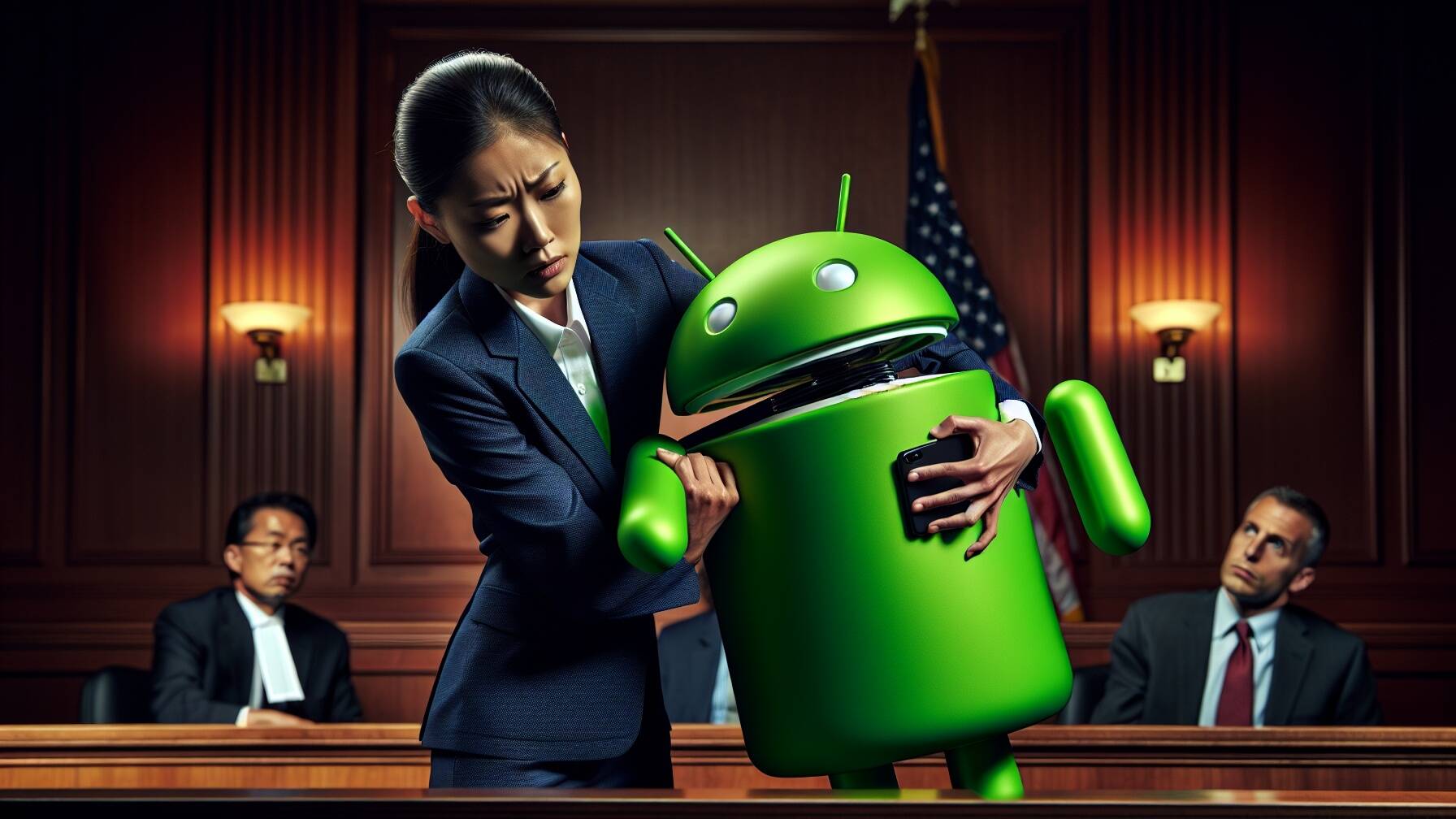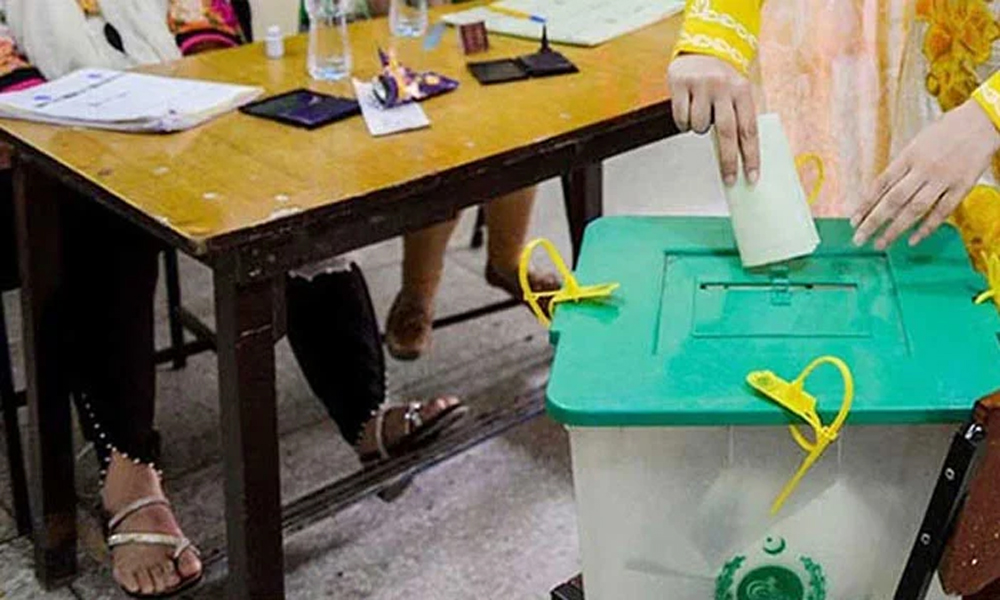
Opinion Launching a new mobile OS is what professional historians of technology refer to as a dumb move. It is so shatteringly stupid that even Microsoft stopped bothering after three or four goes – did we all just imagine the Kin? Apple and Android have all the apps, all the hardware, all the market, and between them have wrung the sponge of innovation dry. What sort of delusional outfit from Planet Wibble would lay siege to that scene? Huawei.
Until 2019, it was a Google partner running full Android. Then it forked its own version of Android , called it HarmonyOS, stopped including Google proprietary apps, and set up its own Android app store. As of last week , the platform has expelled all Android code, eschewed all Android apps, and is now entirely homegrown and reliant on native apps alone.
Of which there are 15,000, says Huawei, which is only a lot if you ignore the million-plus apps in both the Big Two's domain. Such chutzpah must derive from something special under the hood, right? The advantages Huawei is promoting for HarmonyOS NEXT are only compelling if you haven't owned or used a smartphone in the past 20 years. Things like letting apps sense the direction of gravity through the phone's accelerometers sound as much fun now as they did at the launch of the original iPhone.
Remember the beer app that let you virtually drink a glass of beer by holding your device to your lips and tipping it up? That was fun for ten seconds. Other things have the familiar feel of ideas that have long come and gone on waves of indifference and irrelevance. HarmonyOS is a distributed system with real-time roots, and supports multiple devices working as one.
You can move your game screen from your phone to a HarmonyOS TV but keep controlling it from your mobile device, for example, or peer into your HarmonyOS smart oven's temperature. Such things make great on-stage demos or in the House of the Future where everything, including the fridge, is running the same platform. Is that your life? Do you want it to be? If Huawei were anyone other than Huawei and based anywhere other than China, the rest of the story would be simple to write.
A year or so of brave promises, a couple of hardware launches, numbers spiraling down into a miasma of apathy from punters and developers alike, and another footnote would be written in the history of the two tribes from California. That won't happen. Last year, Huawei launched its flagship phone, the Mate 60 Pro, which also defied market logic.
It was at least two generations behind non-Chinese flagship phones, it had no international presence, and it was barely marketed at home. There were two remarkable things about it, though: it sold in the tens of millions, and it should never have existed. Four years before that, the US had led a coalition of high-tech companies in an embargo designed to halt the ability of China in general and Huawei in particular to access modern chip foundries and fabrication technologies.
This was the move that triggered the end of Google's commercial partnership with Huawei, but unlike that, there was no clear workaround for the hardware sanctions. Huawei went from market leader in China to a single-digit share as it ran out of stockpiled processors that could neither be imported nor produced locally. The Mate 60 showed how far that had been turned around.
SMIC, China's biggest chipmaker, had taken what technology it did have and extended its capabilities to a 7nm node – not unprecedented, not cutting edge, but with yields good enough to support a commercial phoenix. Just about everything else in the phone, barring the memory, is locally designed and built too, including 5G and satellite radios. That's the key to HarmonyOS NEXT.
It's not in competition with Android or Apple on features or depth of ecosystem. Not yet. It's in competition with Western attempts to hold China back from parity in the tech that confers real power.
China has the resources and will to push itself through accelerated evolution to a place of independence strong enough to reach that parity. This needs a full commercial environment, which most certainly includes a mobile app platform untouchable by overseas interests. It'll take a while to get there, but good enough is more than good enough at this stage.
There are plenty of unknowns. The Mate 60 was a success, but it ran Android apps. The Chinese state may have geopolitical strategies in its support of Huawei and SMIC, but the average Chinese consumer may have other ideas.
So might app developers, over time. The propaganda filling YouTube with glossy videos on three-digit subscriber channels makes the further moves to new chip nodes sound like done deals, but they're not. And true sustainable parity will depend on access to the global markets with competitive cutting-edge products.
There's no sign of that. That may never happen. Smartphones built entirely of Chinese hardware, running closed Chinese operating systems and depending on Chinese services in Chinese clouds, seem a bad fit for our own geopolitics.
While the Chinese state remains unaccountable, authoritarian, and addicted to power over its own people, there will be limits to how much harmony comes next. ®.














